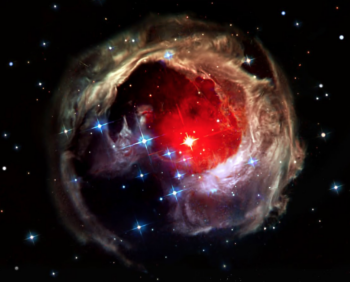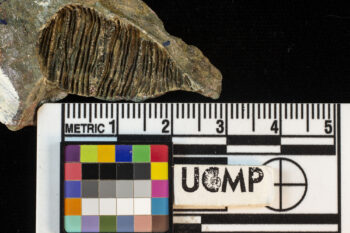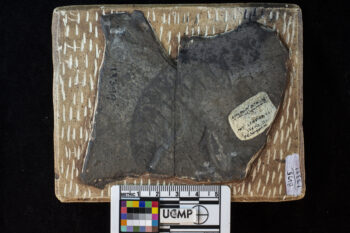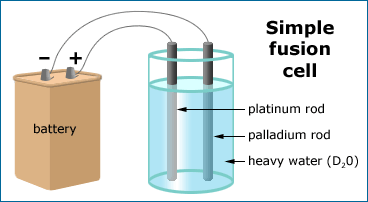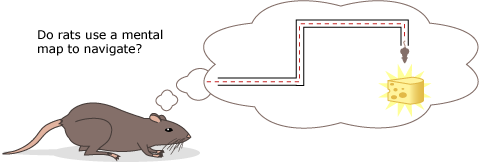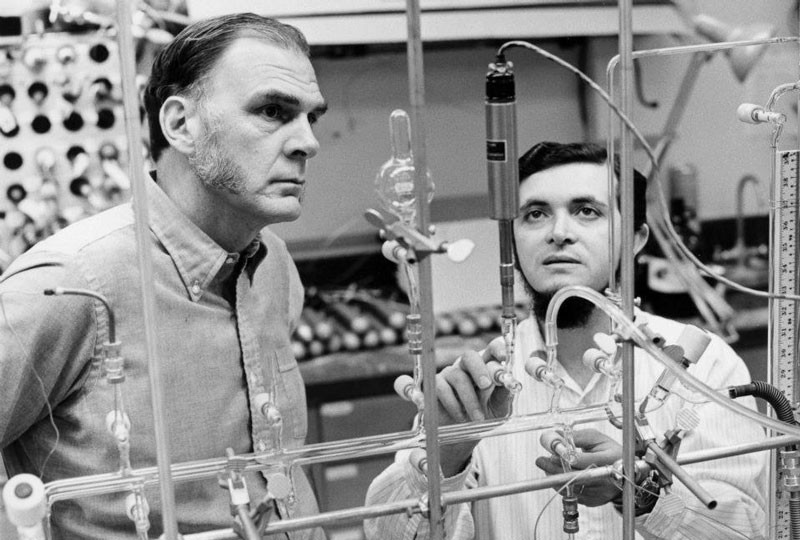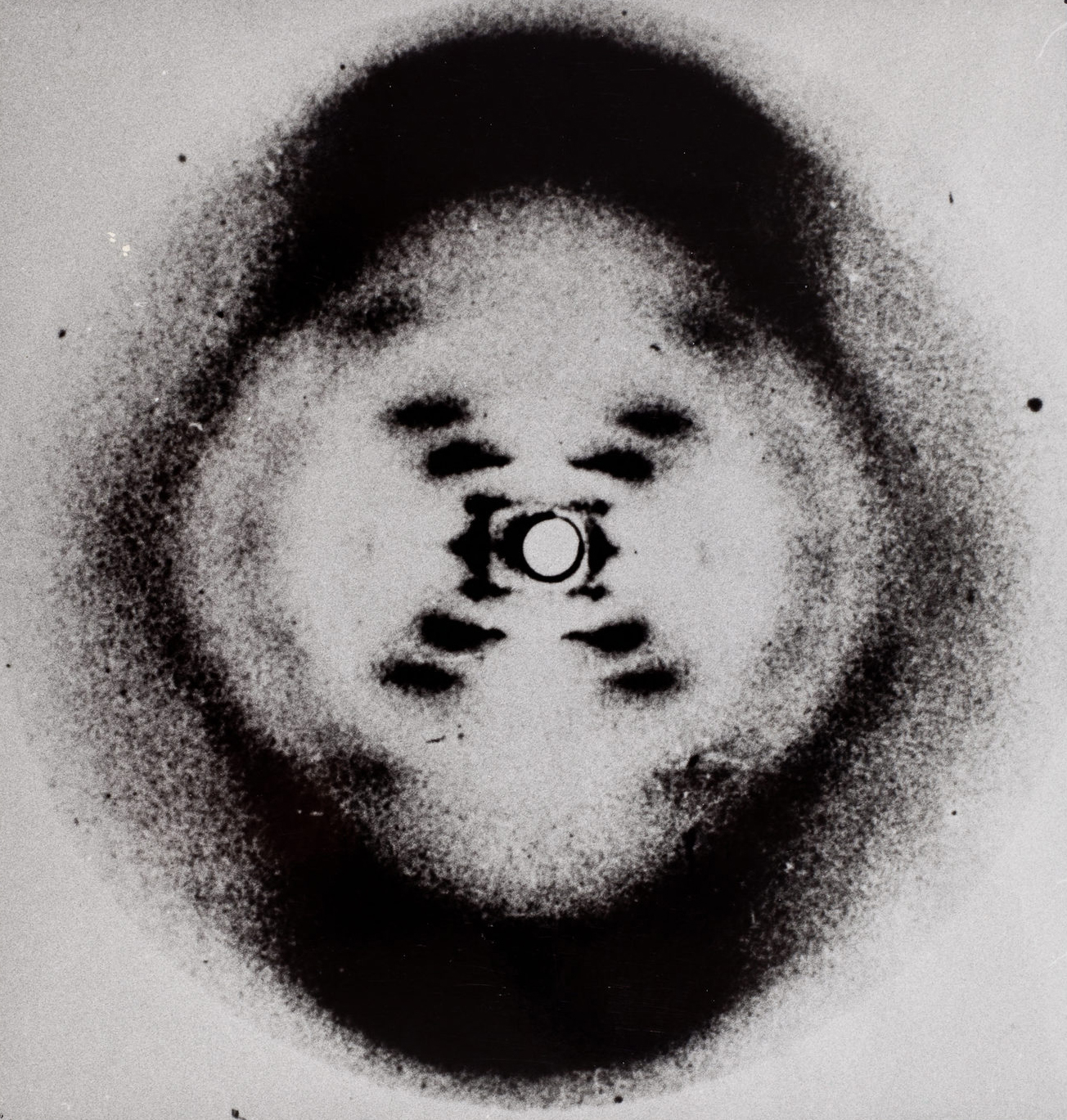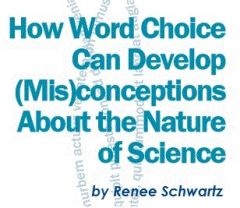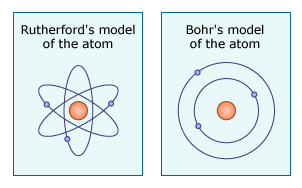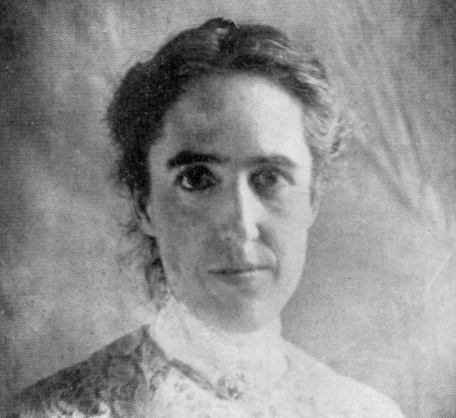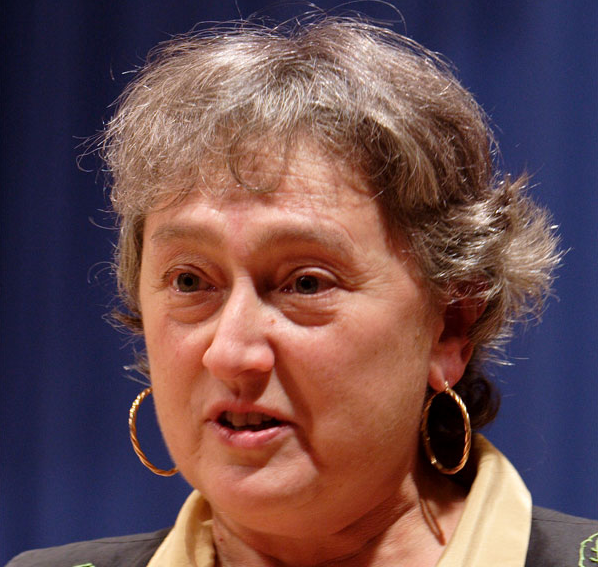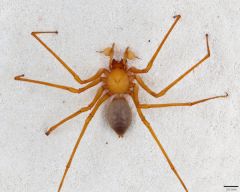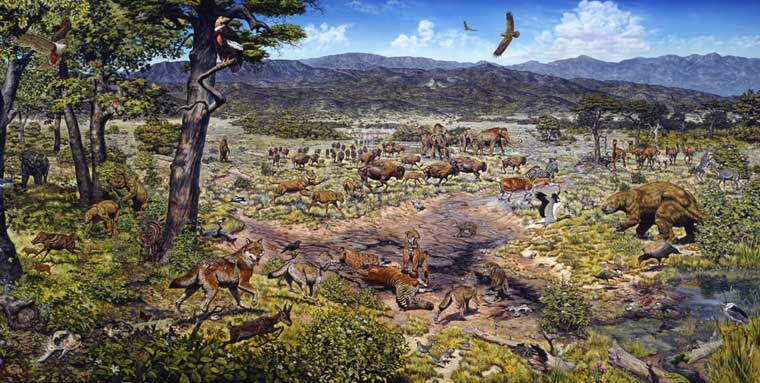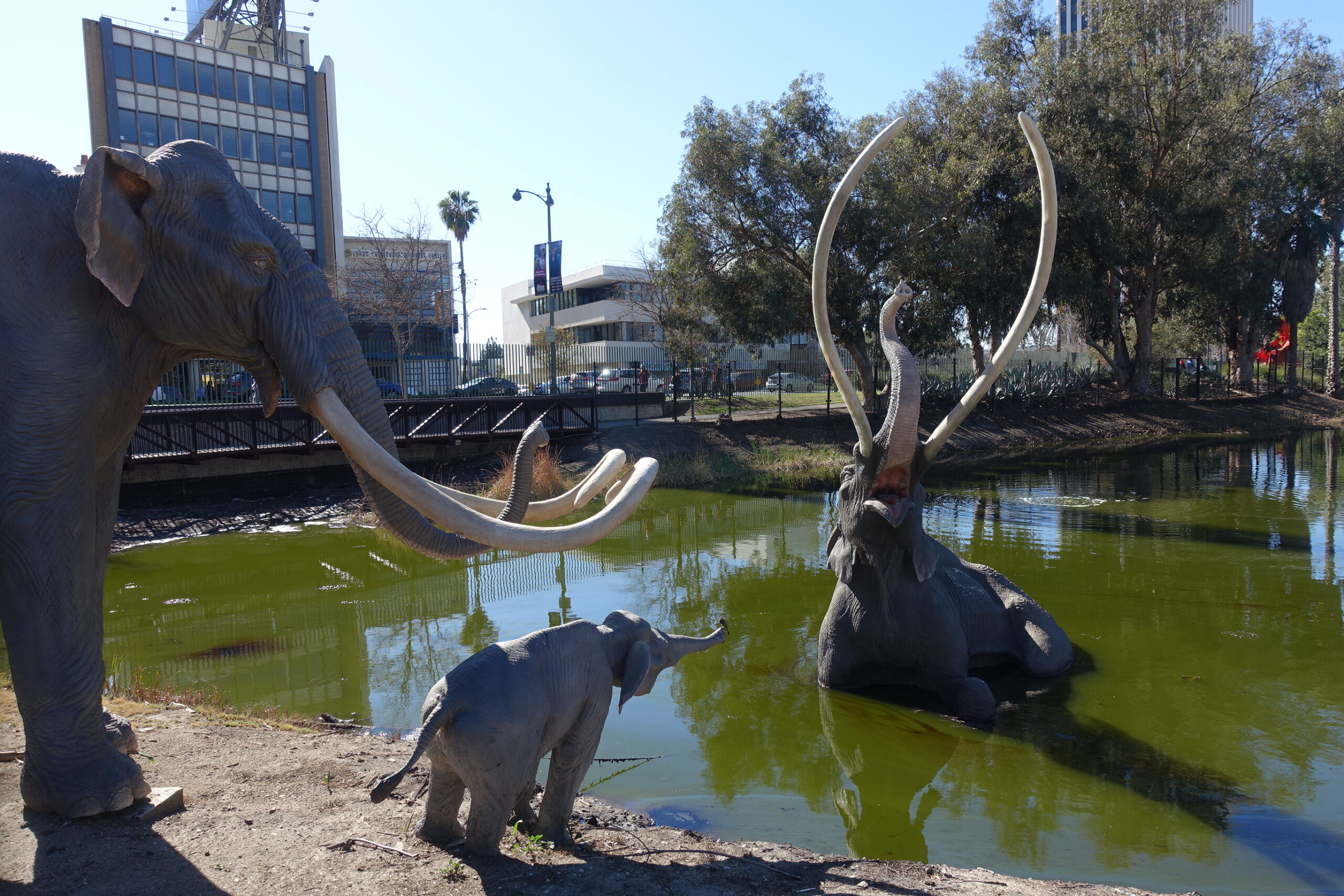Search by:
To search for teaching materials that address particular concepts in our conceptual framework, visit the teaching guide for your grade level:
K-2, 3-5 , 6-8, 9-12, or College
Found 15 resources:
Luminous
Grade Level(s):
- 9-12
- College
Source:
- Sam Smartt
Resource type:
- classroom activity
- Science Story
- video
Discipline:
- Space science
Time: 2-8 hours
Overview
The film LUMINOUS (now freely available through many libraries and the Kanopy platform) tells the story of astronomer Larry Molnar as he investigates a distant, double-star system, about which he makes a daring and explosive prediction. Interviews with Dr. Molnar’s diverse set of colleagues, collaborators, and skeptics highlight science as a community and intensely human endeavor, debunking the myth of the lone scientist conducting dispassionate research. The Luminous Science Education Toolkit provides classroom activities to support students' interpretation of the film.
Discovering a strange new group of ancient sea creatures
Grade Level(s):
- 9-12
- College
Source:
- UC Museum of Paleontology
Resource type:
- Science Story
Discipline:
- Earth science
- Life Science
Time: 10 minutes
Overview
This Science Short illustrates how fossils have reshaped our understanding of the diverse forms life can take. Get tips on using Science Stories in class.
This is not the shrimp you’re looking for
Grade Level(s):
- 6-8
- 9-12
- College
Source:
- UC Museum of Paleontology
Resource type:
- Science Story
Discipline:
- Earth science
Time: 5 minutes
Overview
This Science Short illustrates how paleontologists have reinterpreted fossil evidence to gain new understanding of life in the Cambrian seas. Get tips on using Science Stories in class.
The science checklist applied: Cold fusion
Grade Level(s):
- 9-12
- College
Source:
- UC Museum of Paleontology
Resource type:
- Science Story
Discipline:
- Physical Sciences
Time: 15 minutes
Overview
Have your students read about an investigation of cold fusion and compare it to the Science Checklist in order to explore the key traits that make science science. Get more tips on using Science Stories in class.
Beyond the prototype: Animal psychology
Grade Level(s):
- 9-12
- College
Source:
- UC Museum of Paleontology
Resource type:
- Science Story
Discipline:
- Life Science
Time: 15 minutes
Overview
Have your students read about an investigation of animal navigation and compare it to the Science Checklist in order to explore the key traits that make science science. Get more tips on using Science Stories in class.
The science checklist applied: CFCs and the destruction of the ozone layer
Grade Level(s):
- 9-12
- College
Source:
- UC Museum of Paleontology
Resource type:
- Science Story
Discipline:
- Earth science
- Physical Sciences
Time: 15 minutes
Overview
Have your students read about the investigation of the hole in the ozone layer and compare it to the Science Checklist in order to explore the key traits that make science science. Get more tips on using Science Stories in class.
The science checklist applied: Solving DNA’s double helix
Grade Level(s):
- 9-12
- College
Source:
- UC Museum of Paleontology
Resource type:
- Science Story
Discipline:
- Life Science
Time: 15 minutes
Overview
Have your students read about the investigation of DNA's double helix and compare it to the Science Checklist in order to explore the key traits that make science science. Get more tips on using Science Stories in class.
What’s in a Word?
Grade Level(s):
- 3-5
- 6-8
- 9-12
- College
Source:
- Schwartz, Renee
Resource type:
- article
Discipline:
- Earth science
- Life Science
- Physical Sciences
- Space science
Overview
Word choice in the classroom can (mis)represent science. Use word lists to combat misconceptions about science that stem from vocabulary mix-ups. Find out how in this article distributed with permission from Science Scope.
What do you think it means to be human?
Grade Level(s):
- 9-12
- College
Source:
- Smithsonian National Museum of Natural History
Resource type:
- classroom activity
Discipline:
- Life Science
Time: 50 minutes
Overview
This first lesson of the "What does it mean to be human?" sequence sets a scientific frame of mind for students as they begin to explore the question, "What do you think it means to be human?" This lesson sets an important tone by highlighting that other lines of human inquiry outside of science are important for answering this question on a personal level, but the class will focus on a scientific definition of "humanity." Students learn to distinguish questions that could be addressed by the methods of science and those that could not, and they practice applying these criteria.
A science prototype: Rutherford and the atom
Grade Level(s):
- 9-12
- College
Source:
- UC Museum of Paleontology
Resource type:
- classroom activity
- Science Story
Discipline:
- Physical Sciences
Time: 30 minutes
Overview
Have your students read the full article on Rutherford's investigations of the atom and compare it to the Science Checklist in order to explore the key traits that make science science. Get more tips on using Science Stories in class.
The science checklist applied: Studying variable stars
Grade Level(s):
- 9-12
- College
Source:
- UC Museum of Paleontology
Resource type:
- Science Story
Discipline:
- Space science
Time: 20 minutes
Overview
Students can use this reading, along with the Science Checklist, to investigate the features that make science science while learning about an early female astronomer. Get tips for using science stories in class.
Endosymbiosis: Cells within cells
Grade Level(s):
- 9-12
- College
Source:
- UC Museum of Paleontology
Resource type:
- Science Story
Discipline:
- Life Science
Time: one period
Overview
This Science Story on endosymbiosis explores the career of microbiologist Lynn Margulis and how an unlikely idea overcame strong resistance within the scientific community and finally came to be an accepted part of evolutionary theory. Get tips for using science stories in class.
How science works
Grade Level(s):
- 6-8
- 9-12
- College
Source:
- California Academy of Sciences
Resource type:
- Science Story
- video
Discipline:
- Life Science
Time: 10 minutes
Overview
This Science in Action video uses the Understanding Science Flowchart to follow arachnologist Charles Griswold and colleagues as they describe the process involved in an exciting new spider discovery.
What is it about Los Angeles?
Grade Level(s):
- 9-12
- College
Source:
- UC Museum of Paleontology
Resource type:
- Science Story
Discipline:
- Earth science
- Life Science
Time: 5 min
Overview
This Science Short illustrates the idea that answering one scientific question leads to other scientific questions in the context of research about fossil insects. Get tips on using Science Stories in class.
50,000 years of Los Angeles summers?
Grade Level(s):
- 9-12
- College
Source:
- UC Museum of Paleontology
Resource type:
- Science Story
Discipline:
- Life Science
Time: 5 minutes
Overview
This Science Short illustrates the revision of scientific ideas in the context of research about fossil insects. Get tips on using Science Stories in class.

